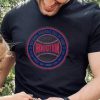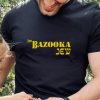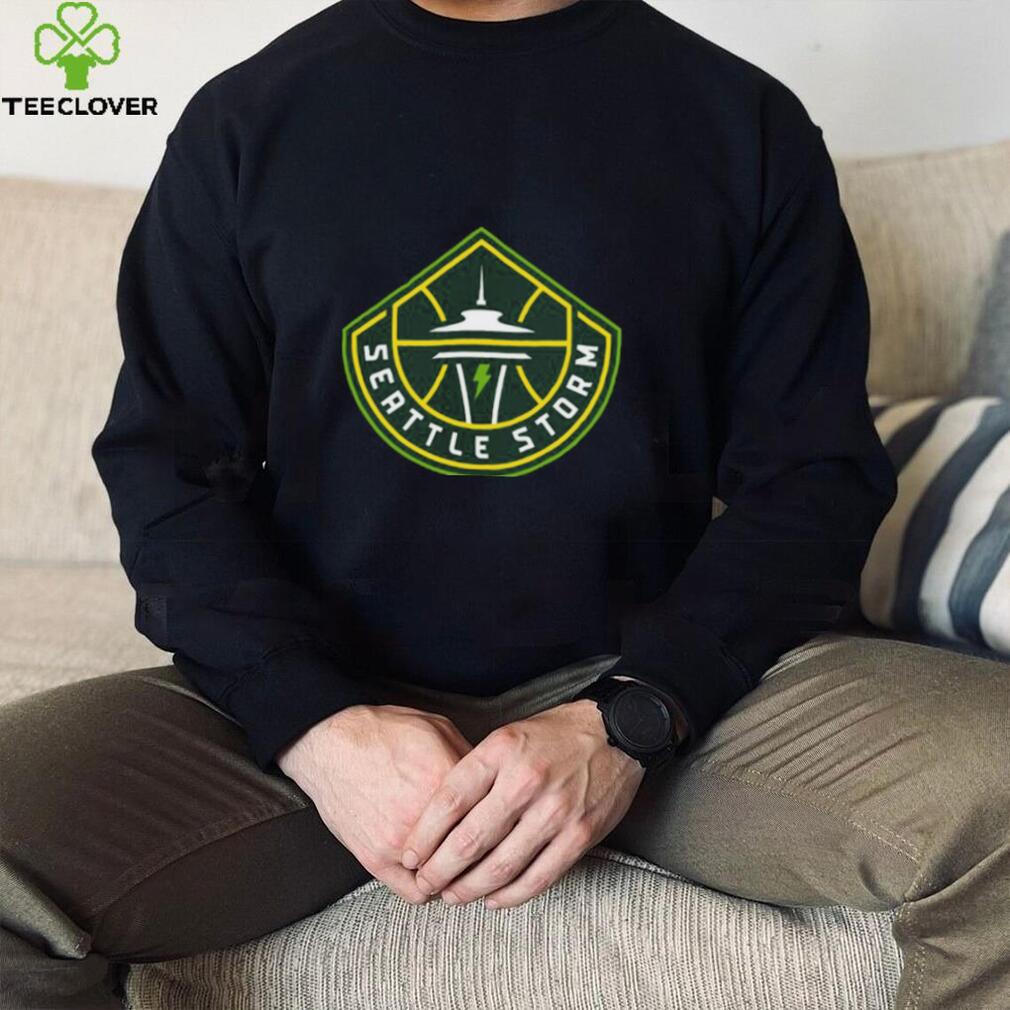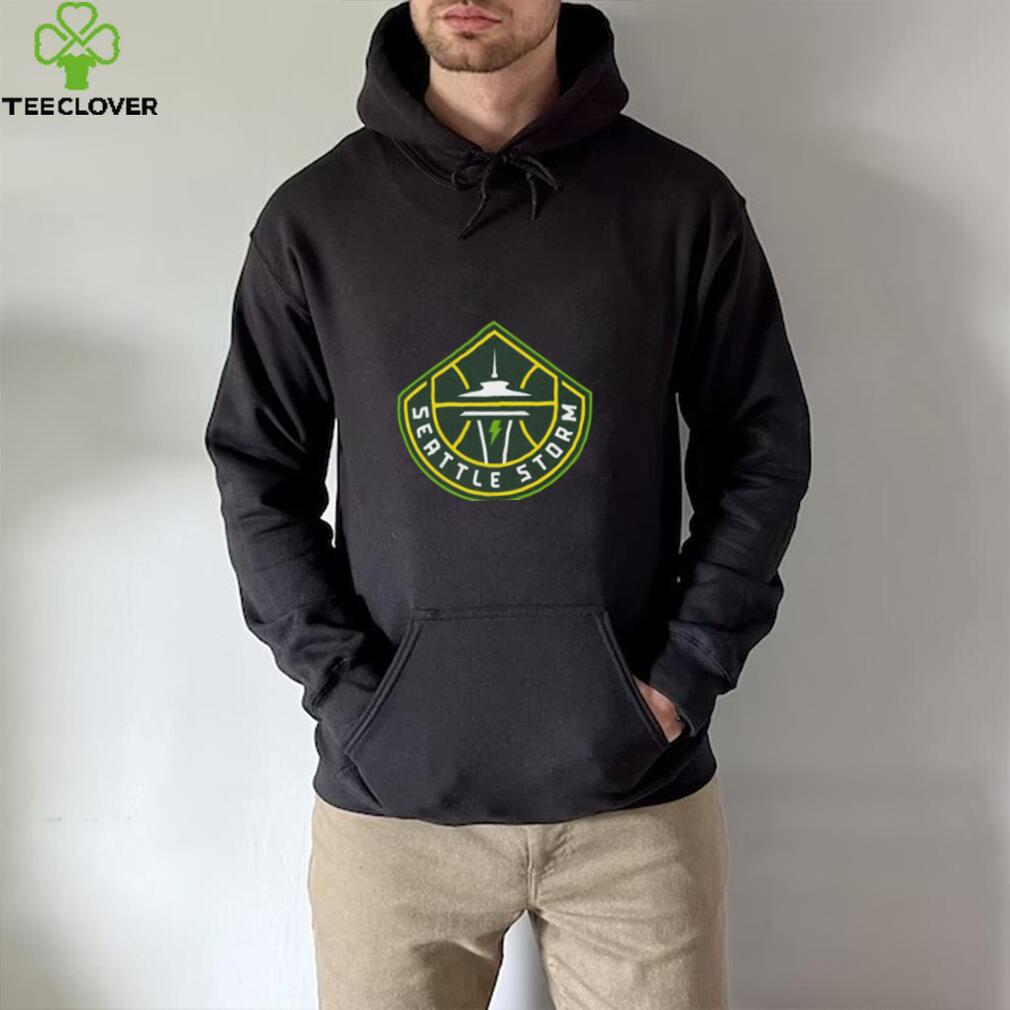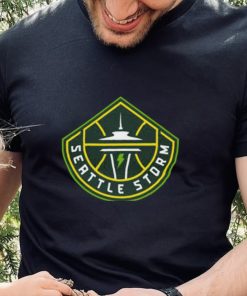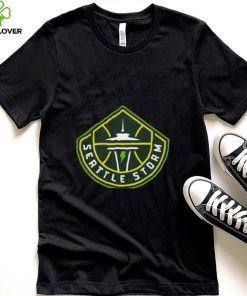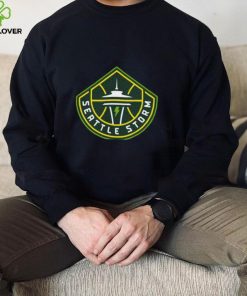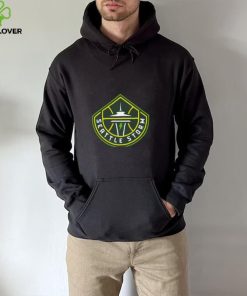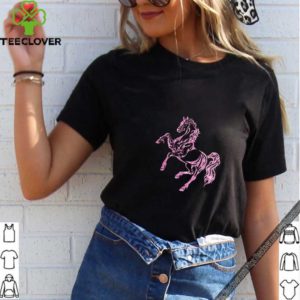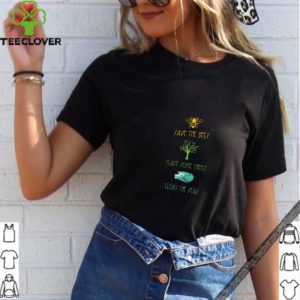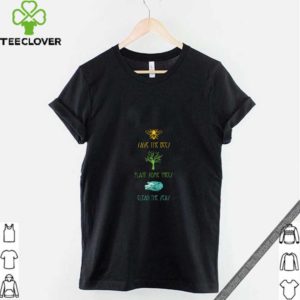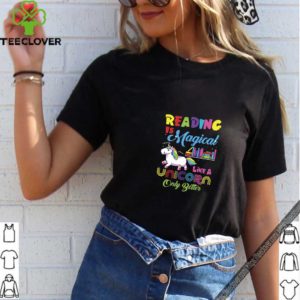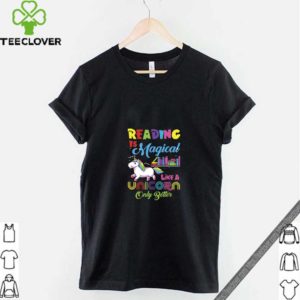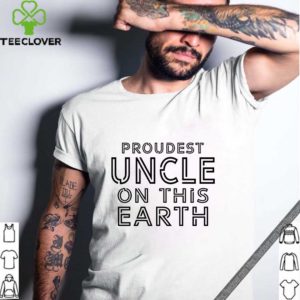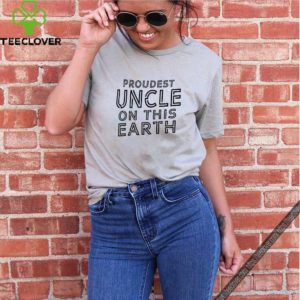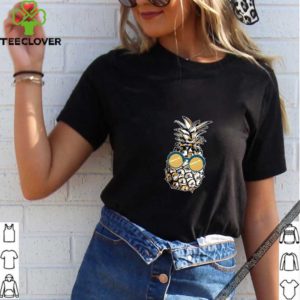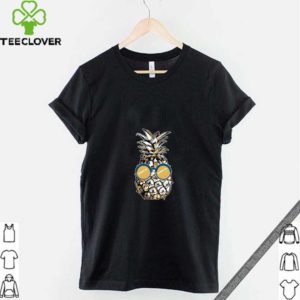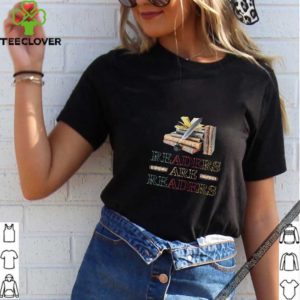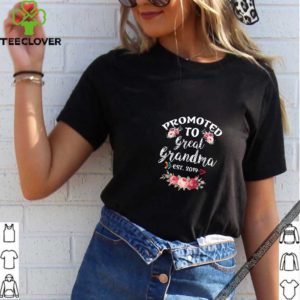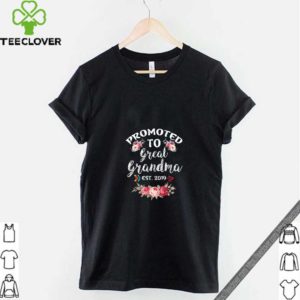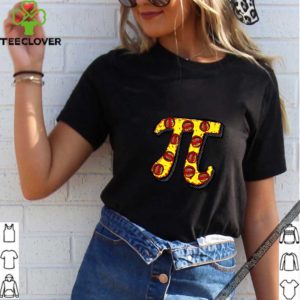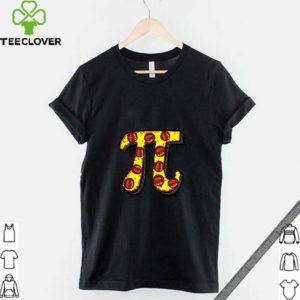No products in the cart.
Related products
Sale!
Sale!
Sale!
Sale!
Sale!
Sale!
Sale!
Sale!
In the AD&D Monstrous Manual, this is what it says about a lich’s phylactery: “The phylactery, which can be almost any manner of Seattle Storm Logo Shirt, must be of the finest craftsmanship and materials with a value of not less than 1,500 gold pieces per level of the wizard.” It barely makes mention of it in there. But Ravenloft was a great example of how varied a phylactery could be, especially since demons also had phylacteries in that setting. Some examples of weird phylacteries in Ravenloft: Azalin’s was a 200 lb gold plated dragon skull. Elsepeth the succubus had a stuffed doll as a phylactery. Hazlik essentially has a phylactery, in that he has a pendant that his life force will retreat into if he dies. A demon named Drigor had a model of a quill pen crafted from gems and marble as a phylactery.
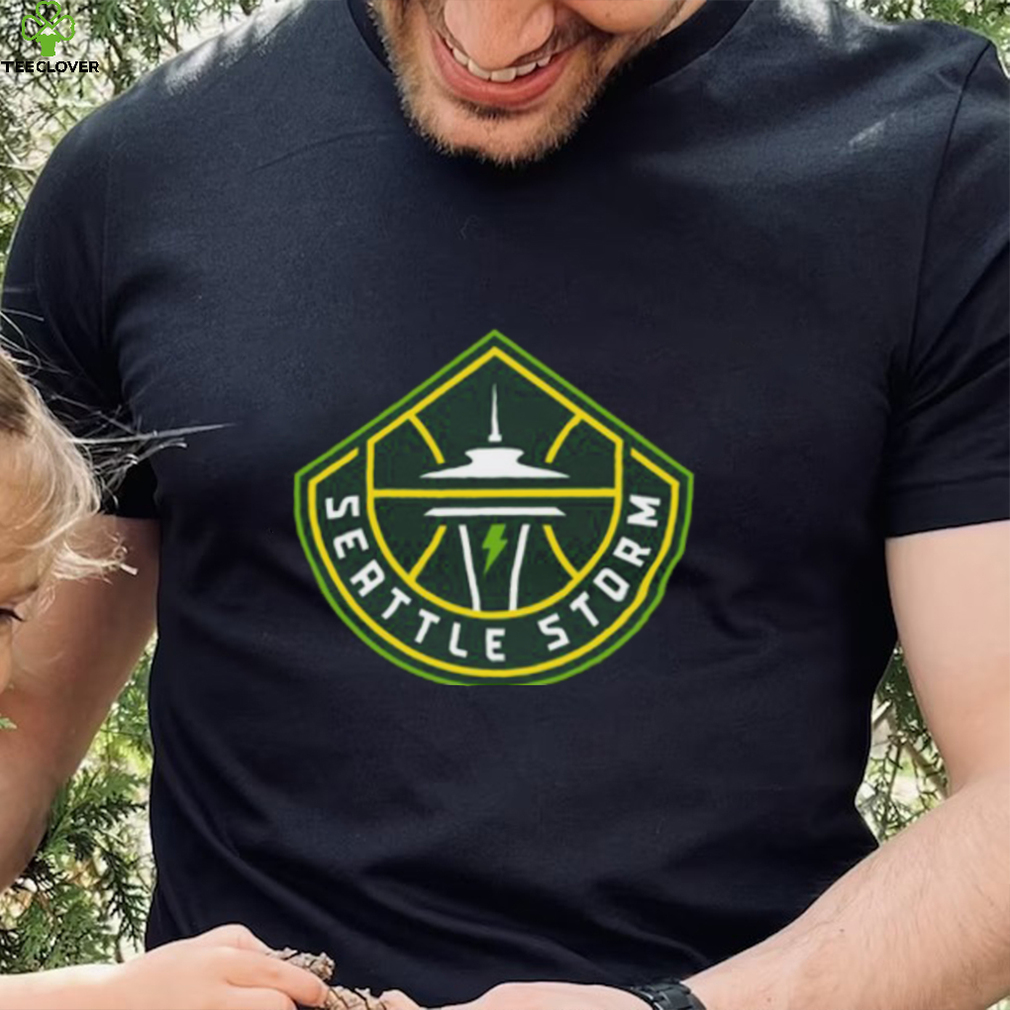 (Seattle Storm Logo Shirt)
(Seattle Storm Logo Shirt)RP advantage: Inherently complex characters. There are few classes I find more boring RP wise than clerics and paladins – not because they are godbotherers but because they are expected to fully commit to their deity to get their powers. The Cleric of Deity X is expected to fully commit to the Seattle Storm Logo Shirt of Deity X and behave in a relatively straightforward way. As is the Paladin of Ideal Y to uphold Ideal Y (and if they strayed too far in earlier editions they might fall, leading to the notorious “Everyone out in the courtyard and we’ll see who can no longer Lay on Hands” means of detecting fallen paladins). Meanwhile your average Fiend-pact warlock doesn’t actually want the world overrun by demons and your average Great Old One warlock doesn’t even understand the motives of their patrons. A character who isn’t aligned with their patron god but still gets power from them and respects them is inherently to me far more interesting than one who is and although I can do this with an orthodox cleric or paladin playing a celestial warlock (or a warlock in general) feels different and communicates to everyone that I am doing this.
Seattle Storm Logo Shirt, Hoodie, Sweater, Vneck, Unisex and T-shirt
Best Seattle Storm Logo Shirt
Overall, Goblins and Orcs are just people in my campaign. I don’t really treat them differently than I would Elves or Dwarves, I just acknowledge that a lot the Seattle Storm Logo Shirt two’s cultural traditions aren’t as acceptable to humanoid settlements as the latter two cultures. The result of that is that more Goblins/Orcs end up assimilating and to greater degrees than their Elf/Dwarf counterparts. Someone like Emetta who was raised by a human parent in Laviguer is for all intents and purposes human, especially when you stand her next to someone like Azuch. However, most people looking on will only see two Orcs and treat them both accordingly. Like the Player’s Handbook alludes with Tieflings: Even if you’re not born evil, prejudice and people always assuming the worst can certainly push you there. I use the Volo’s canon that Orcs feel the pull of Gruumsh, and I keep that in mind when I make an Orc NPC. For instance, Faustus feels the pull of Gruumsh much harder than Azuch, but Azuch always listens to the Gruumsh ‘voice’ inside his head, while Faustus refuses. Conversely, Zharukk hears a lot more Grazz’t in his head than Gruumsh, but he listens to the latter far more often.
 (Seattle Storm Logo Shirt)
(Seattle Storm Logo Shirt)The Chrysler Corporation has always been the weakest of the Big 3 US auto makers, and Seattle Storm Logo Shirt as another Quora discussion noted, Chrysler’s ability to remain financially viable has been questioned every decade or so from its dawn in 1925 to today as the firm would swing from success to near bankruptcy. In the late 1970s, Chrysler ran into financial difficulties (again) with a portfolio overly reliant on large, gas-guzzling cars; in 1979, the Chrysler Corporation was bailed out by the US government with a $1.5 billion loan, and the company restructured operations to become financially viable by having its major brands – Chrysler, Dodge, and Plymouth – share automobile platform designs. Chrysler brand was the top of the line, and that brand retained a few unique designs not found in the other brands. Dodge was the mainstream brand, while Plymouth became the entry-price brand, simply badge-engineering Dodge or Mitsubishi designs with minimal value-add features. (Ram trucks remained uniquely Dodge products, and the Jeep brand, the remnant of acquiring AMC Motors, focused on SUV designs. AMC’s Eagle brand did not last long either.). The 1980s and 1990s designs, especially K-cars and minivans, helped the Chrysler Corporation regain profitability, but buyers would frequently look at both Plymouth and Dodge offerings at the same time.
Share this:
- Click to share on Twitter (Opens in new window)
- Click to share on Facebook (Opens in new window)
- Click to share on LinkedIn (Opens in new window)
- Click to share on Tumblr (Opens in new window)
- Click to share on Reddit (Opens in new window)
- Click to share on Pocket (Opens in new window)
- Click to share on Pinterest (Opens in new window)
Block "shipping" not found

